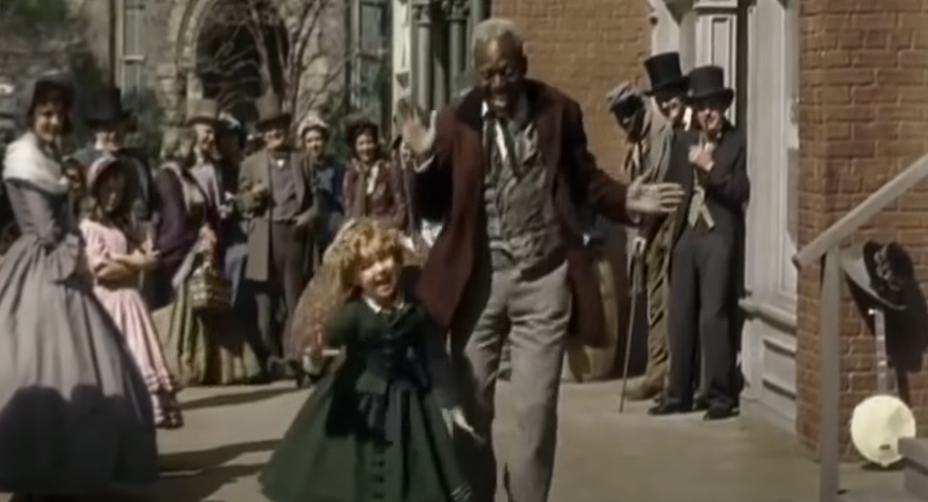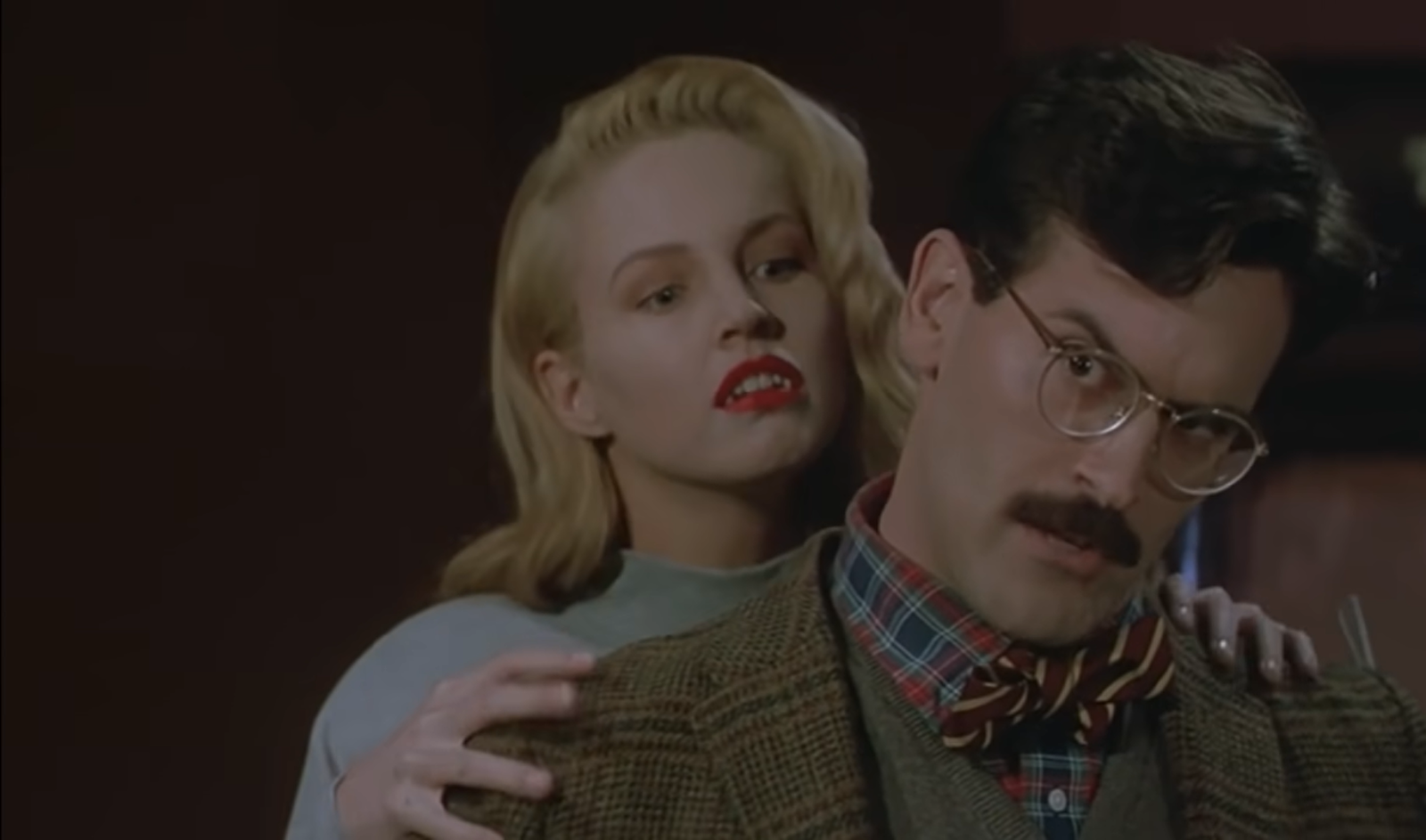Lifetime Television, known today as Lifetime, has had a profound impact on audiences since its launch in 1984. The network has carved out a niche for itself with its women-centric approach to storytelling, touching on romance, suspense, drama, and real-life events. The 1980s, in particular, was a period when Lifetime made significant strides in shaping this narrative. This article offers an in-depth exploration of the most influential Lifetime movies from the 1980s, discussing their themes, plotlines, and the broader cultural impact they had on society.
Lifetime’s Early Years (1984-1986): The Genesis of a Niche
In its initial years, Lifetime began to cultivate its unique brand of storytelling with films that focused on women’s experiences. These narratives often centered around relationships, personal hardships, resilience, and the triumphs of the human spirit.
1984: “Secrets of a Mother and Daughter”
Lifetime’s first movie was a dramatic, emotionally-charged tale named “Secrets of a Mother and Daughter.” The film expertly portrayed the complexities of a mother-daughter relationship riddled with secrets, misunderstandings, and inevitable betrayals. It was an early testament to the network’s commitment to exploring women’s experiences, fostering a deeper understanding of familial dynamics, and the lasting impact of hidden truths.
1985: “No Place to Hide”
In 1985, Lifetime delved into the thriller genre with “No Place to Hide.” It narrated the chilling tale of a woman on the run from a dangerous stalker. The movie broke away from the victim narrative, depicting the lead character as a woman with strength, tenacity, and the ability to protect herself. “No Place to Hide” was an early indication of Lifetime’s dedication to challenging traditional gender norms and championing stories of female resilience.
1986: “Rights of a Child”
In 1986, Lifetime released “Rights of a Child,” a hard-hitting drama revolving around the intricacies of child custody battles. The film skillfully brought the voice of children into the discourse and laid the groundwork for many future Lifetime films that would address similar sensitive themes.
The Intensification Period: 1987-1989

As Lifetime continued to establish itself as a powerhouse of women-centric storytelling, it began to delve into more intense themes. The focus shifted towards more significant social issues, and Lifetime started to explore narratives that reflected societal dynamics and instigated dialogue around these urgent matters.
1987: “Outrage in Lake County”
Lifetime took on the theme of civic duty and corruption in 1987 with “Outrage in Lake County.” This riveting tale of a woman standing against corruption in her town was a testament to the network’s ambition to address broader societal issues. The film placed a strong, morally grounded woman at the forefront of a fight against systemic injustice, further solidifying Lifetime’s role in advocating for women’s strength and resilience.
1988: “A Mother’s Courage”
In 1988, Lifetime continued its trend of showcasing strong female leads with “A Mother’s Courage.” The emotionally charged narrative depicted a mother’s relentless fight for her child’s justice. It explored themes of maternal love, resilience, and the lengths to which a parent will go to protect their child. The film resonated deeply with audiences, marking another successful step for Lifetime in creating empathetic and relatable narratives.
1989: “The Ryan White Story”
Ending the decade on a high note, Lifetime produced “The Ryan White Story” in 1989, based on the true story of Ryan White, a teenage boy who contracted AIDS through a blood transfusion. This film demonstrated Lifetime’s commitment to tackling serious, real-life issues and translating them into compelling narratives. It also marked the start of Lifetime’s exploration of biographical storytelling.
The Legacy of Lifetime Movies from the 80s

In the latter part of the 80s, Lifetime established its reputation as a network committed to producing strong, women-focused narratives. It was during this era that Lifetime laid the foundation for its unique brand, which remains identifiable even today.
| Influence on Pop Culture | |
|---|---|
| Contribution to Pop Culture | The Lifetime movies of the 80s had a significant impact on pop culture. They played a pivotal role in portraying women as main characters in intricate storylines and defying stereotypical tropes. The nuanced storytelling mirrored real-life experiences of women, transforming the broader media landscape. |
| Trailblazing Representation | The Lifetime movies of the 80s went beyond entertainment and became a powerful tool for empowering women through media representation. These films showcased women as strong, decisive, and multifaceted characters, challenging traditional roles and moving away from the portrayal of women as damsels-in-distress or secondary characters. In doing so, Lifetime set a high standard for other networks to follow, improving the overall representation of women in media. |
| Social Commentary and Change | Many Lifetime movies of the 80s served as poignant social commentaries on pressing issues of the time. They fearlessly addressed topics such as domestic violence, child rights, and social justice, compelling viewers to reevaluate societal norms. In this manner, these films not only reflected society but also influenced positive change and shaped public perceptions. |
Impact on Future Generations of Filmmakers
The impact of 80s Lifetime movies on future generations of filmmakers is substantial. These films were pioneers in showcasing narratives that revolved around the lives, struggles, and triumphs of women, thereby redefining the landscape of storytelling. The implication of this trend is two-fold:
Influence and Opportunity
| Influence on Future Filmmakers | Opportunity for Women-Centric Narratives |
|---|---|
| Challenged conventional narrative structures | Increased opportunities to portray complex female characters |
| Redefined the storytelling paradigm, pushing the envelope of creativity | Created space for the exploration of a broader range of themes and narratives |
| Influenced the crafting of characters, storylines, and the overall cinematographic approach | Enhanced representation and diversity in mainstream media |
However, the influence extends beyond just the realm of creativity. There is also an important socio-cultural aspect that was addressed and transformed through these films.
The films of the 80s on Lifetime paved the way for a narrative revolution, one that prioritized stories about women, their experiences, and their perspectives. Not only did this provoke fresh filmmaking approaches but it also ensured these stories reached a larger audience, allowing a greater appreciation and understanding of women’s experiences. It brought into mainstream media a new genre of films where women’s stories were not merely sidelined but were at the heart of the narrative.
From exploring complex female protagonists to embracing varied themes such as domestic life, ambition, adversity, and triumph, the impact of these films was transformative. As a result, a new generation of filmmakers was encouraged to continue this trajectory, further broadening the scope of women-centric narratives in global cinema. The ripple effect of this movement still resonates today, inspiring filmmakers worldwide to create art that resonates with diverse audiences.
Conclusion
Lifetime movies of the 80s signaled a shift in the portrayal of women in the media. By focusing on narratives with women at the helm and addressing critical societal issues, Lifetime laid the groundwork for its enduring legacy. The 80s were the beginning of a journey that would see Lifetime emerging as a strong advocate for women’s narratives, a role that still holds relevance today. From “Secrets of a Mother and Daughter” to “The Ryan White Story,” each film from this era stands as a testament to the transformative power of storytelling. They not only entertained but also left an indelible mark on viewers, challenged societal norms, and paved the way for future narratives.
FAQ
The first original movie that aired on Lifetime was “Secrets of a Mother and Daughter” in 1984.
Lifetime movies have diversified over the years to include a variety of genres, such as comedy, fantasy, and science fiction, while maintaining their focus on strong, women-centric narratives. The network has also increasingly produced films based on real-life incidents and biographies, further solidifying its reputation for hard-hitting and relatable content.
Lifetime movies have started conversations around key issues, from child rights to domestic violence, influencing public opinion and advocating for change. They’ve also played a significant role in improving the representation of women in media, providing complex, strong, and nuanced female characters who reflect the diversity of women’s experiences.
Some Lifetime movies from the 80s, like “The Ryan White Story,” were based on true events. However, not all films from this era were grounded in reality, with many exploring fictional narratives.
Lifetime movies have been instrumental in representing women as complex, strong, and multifaceted characters, challenging traditional stereotypes and norms. They have played a crucial role in improving the portrayal of women in media, offering narratives that reflect women’s diverse experiences.
Lifetime movies are significant for their focus on women-centric narratives and their ability to touch upon sensitive and important social issues. They have been influential in shaping societal perspectives, pushing for change, and improving the representation of women in media.




